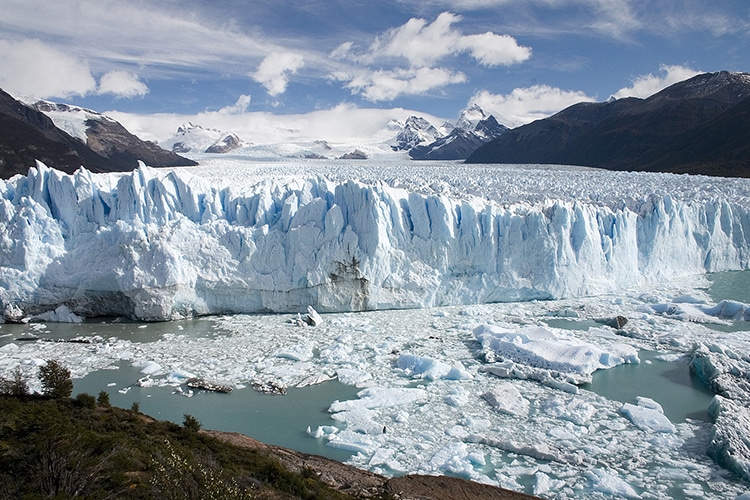Professor Douglas Wiens installs a seismic monitoring unit near the iconic mountains of Torres del Paine, Chile.
(Photo:Weins/Washington University)
It’s no secret that the world’sglaciers are changingfast.
These important climate regulators arevanishing from mountain peaksandcollapsinginto en masse into the sea.

Professor Douglas Wiens installs a seismic monitoring device near the iconic mountains of Torres del Paine, Chile. (Photo:Weins/Washington University)
This time, however, the adjustment is much faster than normal says a new study inGeophysical Research Letters.
Glaciers are exceptionally heavy.
As they melt, and the water contained runs off, the land formerly beneath the glacier rises.

The Perito Moreno Glacier of Argentina. (Photo:r Luca GaluzziviaWikimedia Commons,CC BY-SA 2.5)
This rebounding or uplift is known asglacial isostatic adjustment.
This process is typically a slow one, rising inches over thousands of years.
Now, finally announced, the results are surprising.
The land is lifting up by about 1.6 inches per yeara shocking rate.
The team discovered a gap deep down in a tectonic plate underneath Patagonia.
What does this mean for the global climate?
While Patagonia is remote and sparsely inhabited, no placeremote or packedwill be spared risingsea levelsfrom glacier melt.
This new discovery will contribute to the ongoing predictions of just how much these levels will rise.
The Perito Moreno Glacier of Argentina.